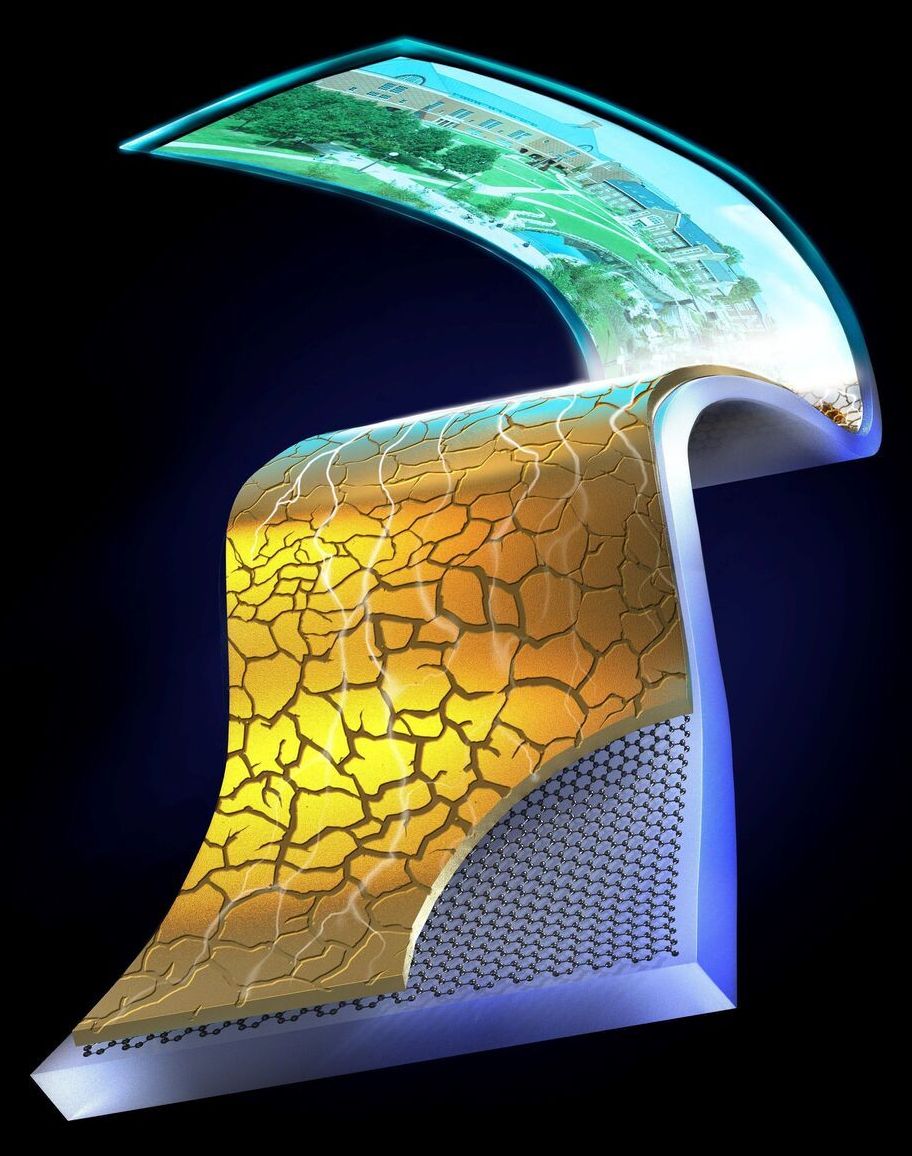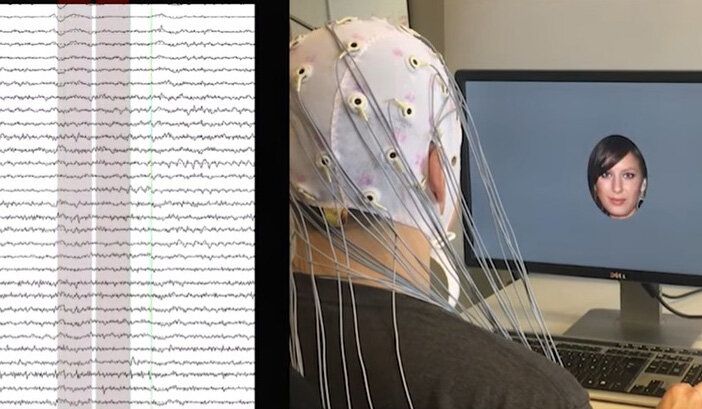Flexible electrodes, electronic components that conduct electricity, are of key importance for the development of numerous wearable technologies, including smartwatches, fitness trackers and health monitoring devices. Ideally, electrodes inside wearable devices should retain their electrical conductance when they are stretched or deformed.
Many flexible electrodes developed so far are made of metal thin films placed on elastic substrates. While some of these electrodes are flexible and conduct electricity well, sometimes, the metal films are fractured, which can result in sudden electricity disconnection.
Researchers at University of Illinois at Urbana-Champaign have recently introduced a new design that could enable the development of strain-resilient flexible electrodes that conduct electricity well, even when they are stretched or deformed. This design, outlined in a paper published in Nature Electronics, involves the introduction of a thin, two-dimensional (2-D) interlayer, which reduces the risk of fractures and retains electrical connections of metal films.






